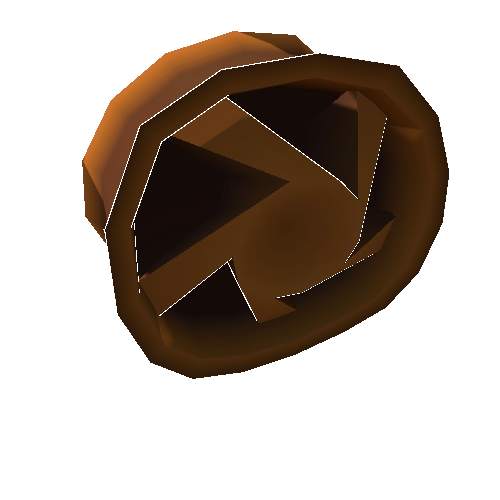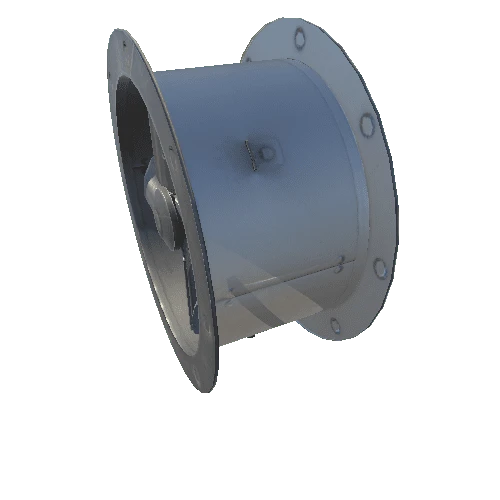Select or drop a image or 3D model here to search.
We support JPG, JPEG, PNG, GIF, WEBP, GLB, OBJ, STL, FBX. More formats will be added in the future.
Asset Overview
this model shows atresia of the tricuspid valve. The tricuspid valve, usually situated between the right atrium and the right ventricle, was not constructed. Because of this, there is a decreased blood flow, which has resulted in the suboptimal development of the right ventricle. Hence the small (hypoplastic) right ventricle. Since the right ventricle cannot pump the blood into the lungs, the blood has to get there in a different way. This is accomplished by surgery: the Fontan procedure. The surgeon attaches all vessels that usually go to the right atrium directly to the lungs. Those vessels contain oxygen-poor blood form the upper body (superior caval vein) and lower body (inferior caval vein) and are attached directly to the lungs via a tunnel, the Fontan tunnel. Oxygen is bound to the blood cells in the lungs. This oxygen-rich blood then enters the left atrium, the right ventricle and is pumped by the left ventricle into the body.


/Screenshots/Llanta_7 (4x4 - Extra Carbon Fiber)_20.webp)





/Screenshots/Rim_EMC_R (Logo)_20.webp)




/Screenshots/Círculo.webp)

